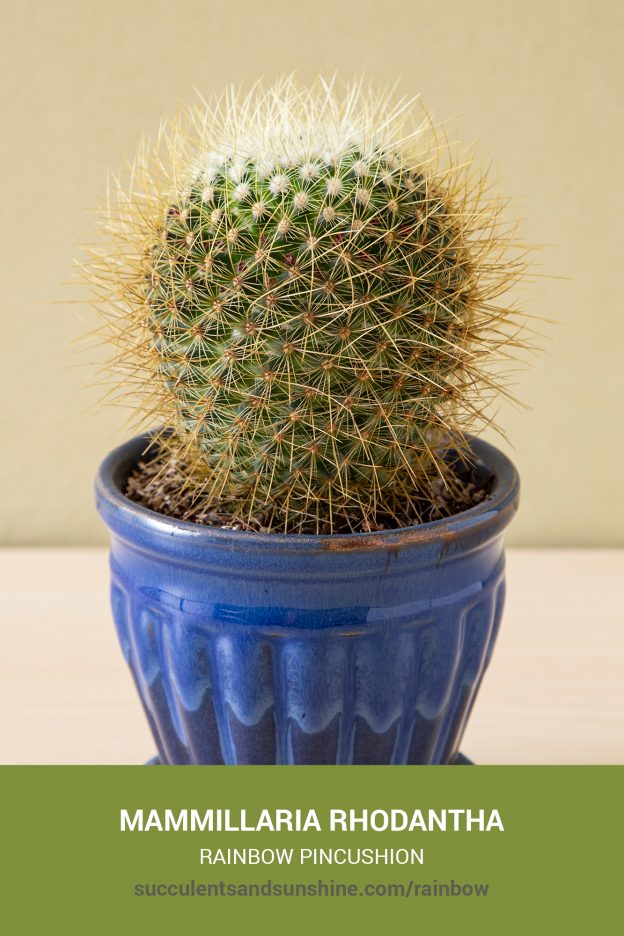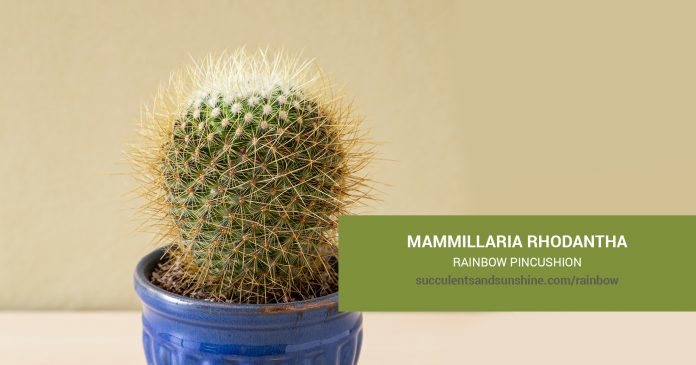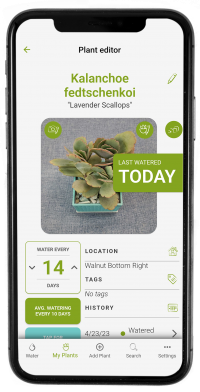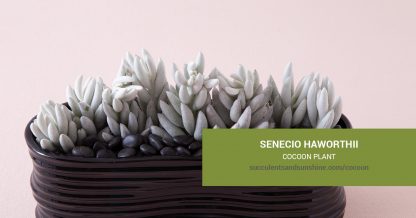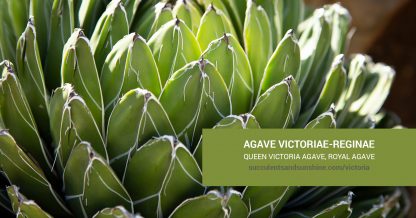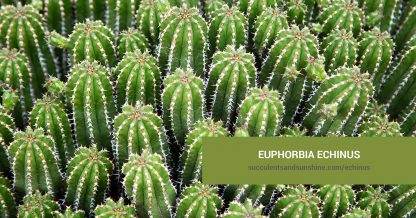Care and Propagation Information
General Care for Mammillaria rhodantha “Rainbow Pincushion”
Mammillaria rhodantha “Rainbow Pincushion” adds exceptional interest to indoor and outdoor succulent and cacti gardens. The crown of blooms of “Rainbow Pincushion” last longer than most other cacti, beginning in Spring and ending in the late Fall.
Long sharp spikes cover the entire body of “Rainbow Pincushion,” with the spines near the bottom of the plant changing to a white or gray color. The top of the plant can be covered in a white wool-like substance.
Watering
“Rainbow Pincushion” tends to need a bit less water than other succulents. It's best to use the “soak and dry” method, and allow the soil to dry out completely between waterings. Do not water during Winter months.
Where to Plant
Mammillaria rhodantha is not cold hardy, so if you live in a zone that gets colder than 0° F (-17° C), it's best to plant this succulent in a container that can be brought indoors. It does well in partial sun to partial shade.
Plant in an area of your garden that gets morning and afternoon sun. If planting indoors, place in a room that gets a lot of sunlight, such as near a southern-facing window (if you're in the Northern Hemisphere).
How to Propagate Mammillaria rhodantha “Rainbow Pincushion”
When given enough room to grow, Mammillaria rhodantha “Rainbow Pincushion” can grow and clump quickly, producing many offsets. It also flowers for long periods of time, offering mature species time to grow fruit from which seeds can be harvested.
Offsets
“Rainbow Pincushion” will produce offsets, sprouting up around the base of the plant. Use care when removing these offsets. Follow the directions in this post to learn how to handle a cactus safely.
To remove a clump for propagation, you will need nitrile dipped gloves, silicone tongs, and a sharp knife.
Using the tongs, gently pull one of the cylindrical stems away from the main cluster. If you are not able to break it off without pulling up the rest of the plant, use the knife to cut through the stem.
Allow the end of the stem to callous over for several days before placing in well-draining soil.
Seeds
It can be difficult to harvest and grow Mammillaria rhodantha seeds, but not impossible. After the fruit has over-ripened, cut it open and remove the seeds. Rinse any fruit that may remain, and let the seeds dry.
Sow your seeds in a well-draining soil. You can grow Mammillaria seeds outdoors if you live in an zone above 9a. If you live in a cooler area, you can begin sowing indoors under a grow light or on a seed mat.
